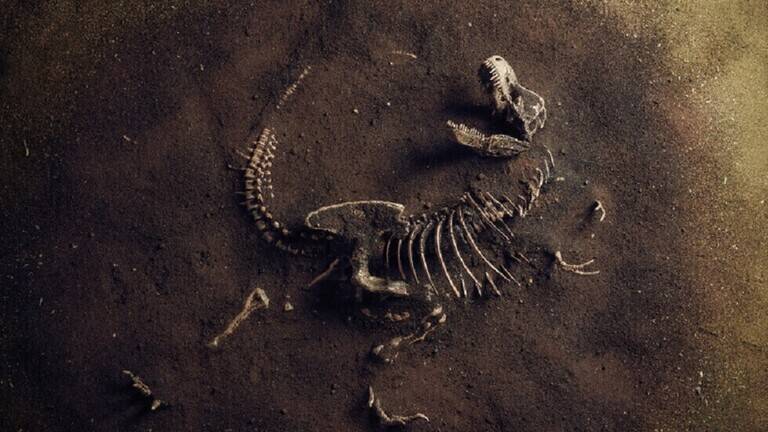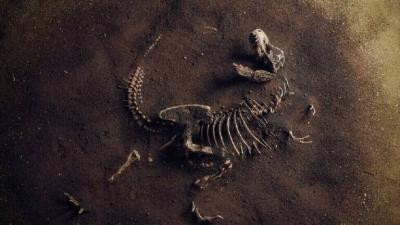Scientists have discovered fossilized remains of an unknown species of spinosaurus on the British Isle of Wight, which was longer and larger than all prehistoric predatory reptiles in Europe.
The media office of the University of Southampton indicates that spinosauruses were among the largest carnivorous dinosaurs that lived in present-day Africa and Europe around 112-93 million years ago during the mid-Cretaceous period. These animals had long legs, a tail, and a large "sail" on their backs. This suggests that they primarily fed on freshwater lakes and rivers rather than hunting terrestrial dinosaurs.
Scientists have not been able to determine where these reptiles originated, how they fed, or whether they submerged like crocodiles, despite the discovery of numerous remains. On the Isle of Wight, scientists found fossilized bones of several types. As a result, many paleontologists believe that these reptiles first appeared in Europe before migrating to Africa and other continents.
Analysis of the fossilized bones (vertebrae, ribs, pelvic bones, and limbs) found in rocks that formed 125 million years ago in the southwest of the island shows that they belong to a previously unknown species of spinosaurus. Chris Parker, a researcher at the University of Southampton, states, "This dinosaur was a true giant, exceeding 10 meters in length and weighing several tons. This type of spinosaurus appears to be the largest predatory lizard in Europe ever discovered by scientists."
According to researchers, this discovery indicates that western Europe was one of the main centers for the evolution of these predatory animals.




